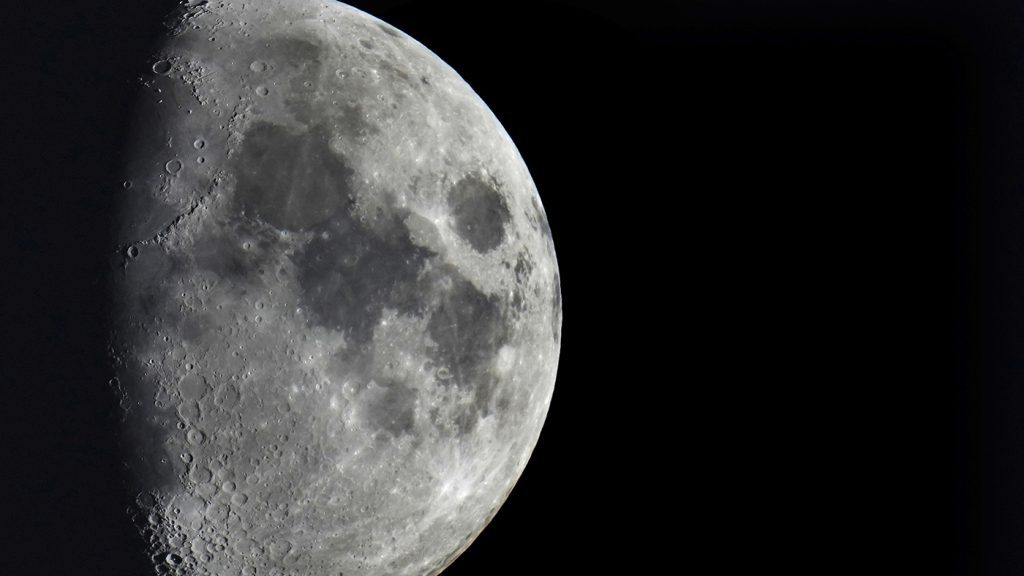The White House has requested NASA to establish a new time zone for the moon.
Arati Prabhakar, the head of the White House Office of Science and Technology Policy (OSTP), mentioned in a letter on Tuesday that the office is seeking for NASA to set a standard time for the moon and other celestial bodies, to create consistency in timekeeping.
Coordinated Lunar Time, LTC, is meant to assist future space missions requiring precise navigation and science. NASA has to create this time zone by the end of 2026, as stated in the letter by Prabhakar.
Prabhakar expressed that the U.S. will collaborate with allies and partners to send humans back to the moon and build capabilities for a lasting presence. It is anticipated that numerous other parties, such as governments and private companies, will also be sending spacecraft to the moon.
The new time zone is considered crucial for scientific discoveries, economic development, and international collaboration. Standardizing moon time would also enhance the safety of space flight operations, according to the letter.
Prabhakar recognized that there are important consequences to the establishment of a standard moon time, as time behaves differently on the moon. Due to its lower gravity compared to Earth, time moves 58.7 microseconds faster there.
In the letter, Prabhakar explained that the length of a second defined on Earth will appear distorted to an observer under different gravitational conditions or moving at a high relative velocity due to general and special relativity.
According to the letter, for safe navigation in cislunar space — the area within the moon’s orbit — there needs to be a consistent time definition among users.
With an expected increase in travel to the moon, achieving safe docking or landing of spacecraft will require greater accuracy than current methods allows, Prabhakar noted.
The Odysseus lunar lander accomplished a historic moon landing in February, becoming the first private spacecraft to achieve this and marking the first U.S. moon landing in over 50 years. It interrupted its mission prematurely after toppling over, but the launch was still received with excitement for the potential of space travel.
NASA has plans to send astronauts around the moon in September 2025, and astronauts are expected to touch down on the moon’s South Pole in September 2026.
“Exploration of Cislunar space opens a new sphere of human activity and offers opportunities to advance scientific understanding, exploration, and economic growth,” Prabhakar said in the letter, later adding “we are grateful to those across the community who have contributed to date, and to those who continue to share their valuable knowledge to shape our collective understanding of this topic as we move forward.









